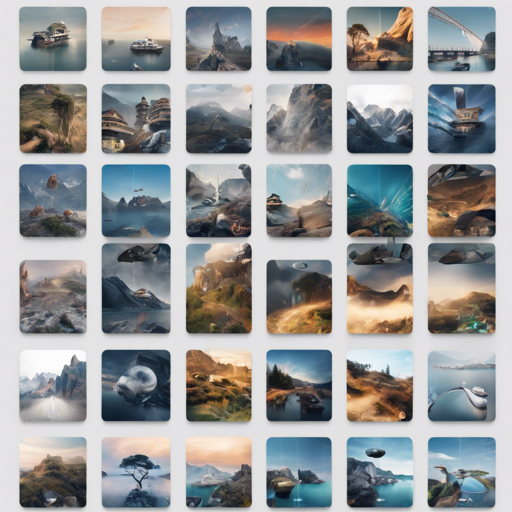Welcome to our comprehensive guide on the Tencent ML-Images project. Here, we will explore how to navigate the largest open-source multi-label image database available, loaded with over 18 million image URLs and remarkably detailed annotations. Whether you are a data scientist, a machine learning aficionado, or simply curious about image classification, you’ll find useful information on how to get started with this project!
What is Tencent ML-Images?
Tencent ML-Images encompasses an extensive collection of images categorized by labels across 11,166 categories. It primes your efforts to train models like the ResNet-101, which achieves impressive accuracy leveraging transfer learning.
Getting Started with Tencent ML-Images
To utilize this project effectively, here’s a step-by-step procedure:
1. Check the Dependencies
- Linux Operating System
- Python 2.7
- TensorFlow 1.6.0
2. Understand the Data Source
The image URLs in Tencent ML-Images originate from two primary sources: ImageNet and Open Images. Consider this analogy:
Imagine Tencent ML-Images as a grand library, where librarians (the dataset creators) meticulously select books (images) from two famous publishers (ImageNet and Open Images) and categorize them into a massive shelf (11,166 categories). This library is freely accessible, inviting scholars (researchers) to derive insights and train sophisticated machine learning algorithms.
3. Downloading Images
Although the original images cannot be directly provided due to copyright issues, you can download them using the following guides:
- Training Image IDs from ImageNet
- Validation Image IDs from ImageNet
- Training URLs from Open Images
- Validation URLs from Open Images
Training Your Model
Once you have your images ready, it’s time to prepare them for training. Follow the steps below:
- Prepare your TFRecord file
- Pretrain using ML-Images
- Finetune your model on ImageNet
Troubleshooting Common Issues
Like every journey through a grand library, challenges can arise. Here are some troubleshooting tips to help you on your way:
- If you encounter expired URLs, remember to refer to the ImageNet website for alternatives.
- In case of repeated URLs, our training is minimally influenced, yet keep an eye out for updated databases to avoid redundancy.
- If you’re having trouble with downloading the images, ensure you have adequate permissions and your internet connection is stable.
For more insights, updates, or to collaborate on AI development projects, stay connected with fxis.ai.
Conclusion
At fxis.ai, we believe that such advancements are crucial for the future of AI, as they enable more comprehensive and effective solutions. Our team is continually exploring new methodologies to push the envelope in artificial intelligence, ensuring that our clients benefit from the latest technological innovations.

